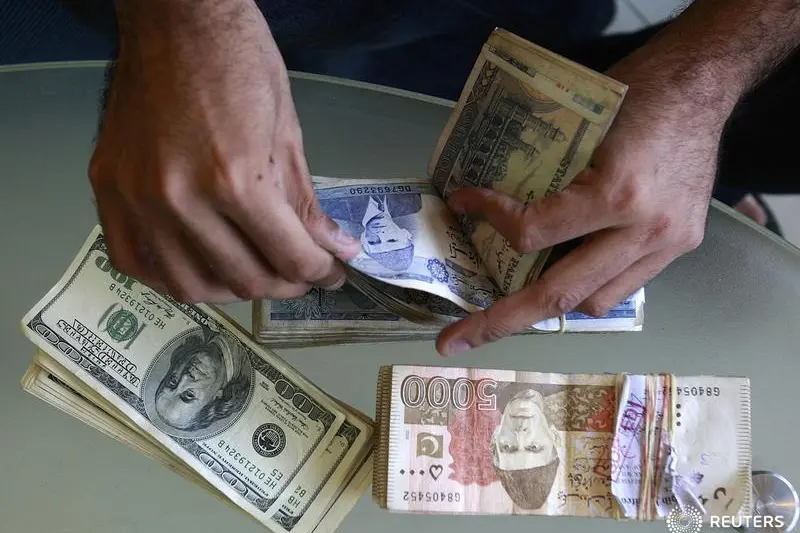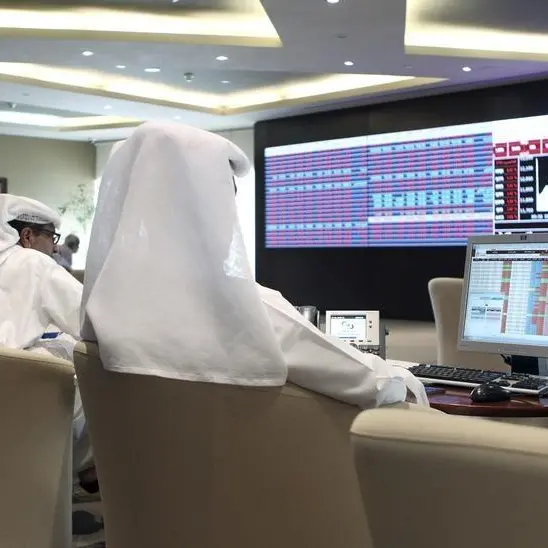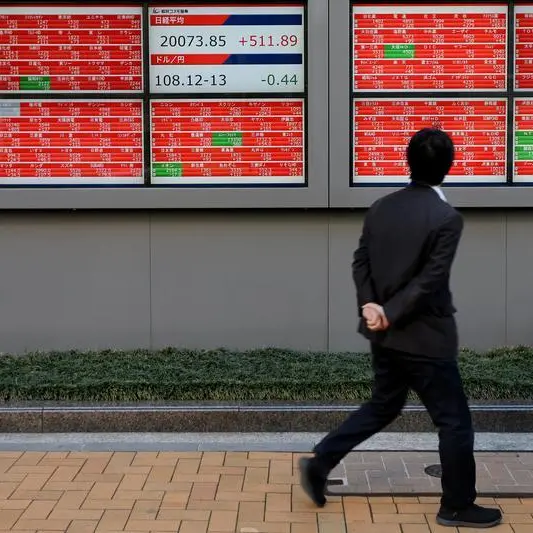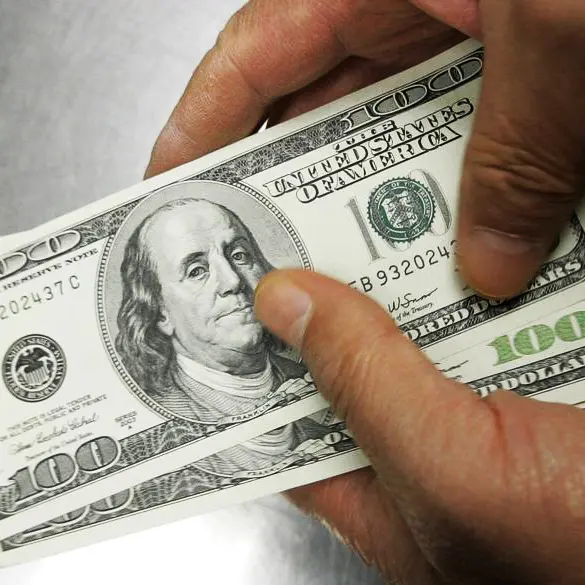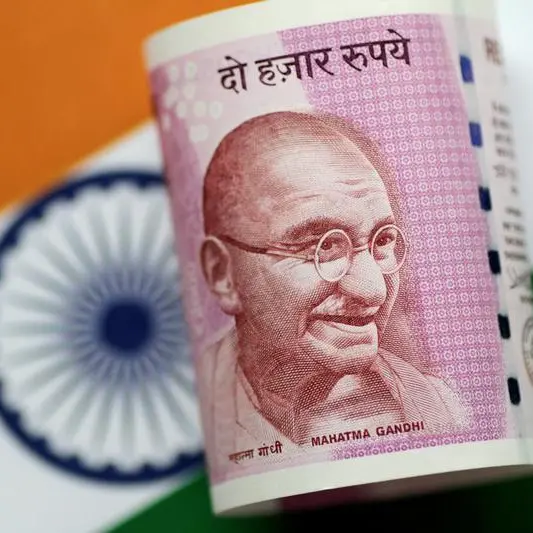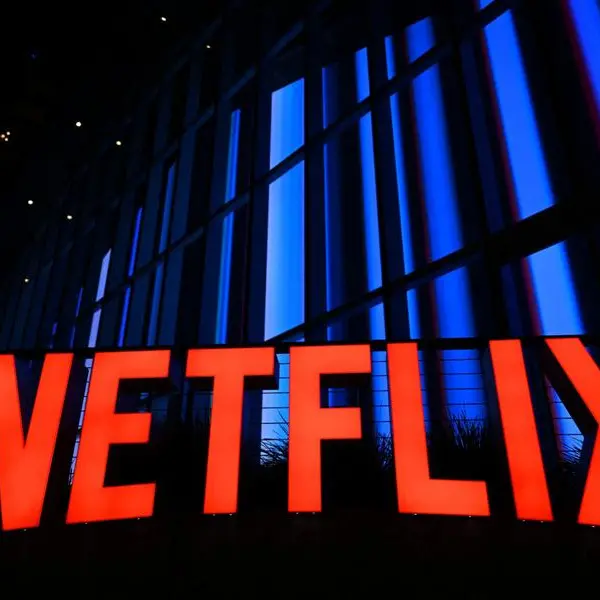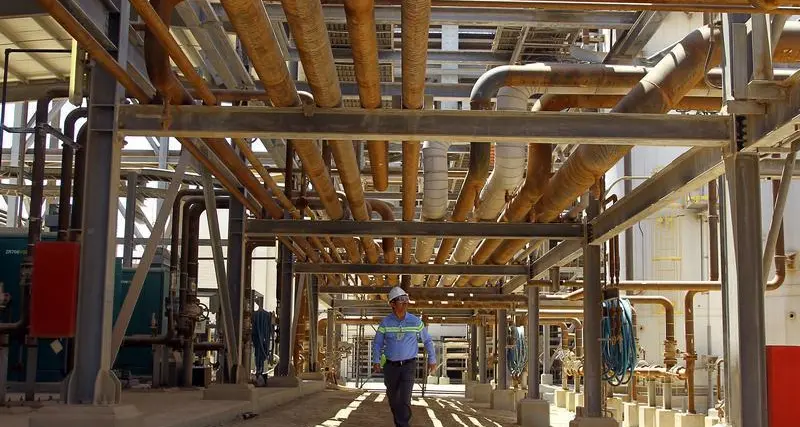PHOTO
Pakistani expats would have found a welcome silver lining in the abrupt rupee collapse just ahead of Eid, since their hard-earned foreign exchange suddenly converted into more rupees for the traditional holiday shopping for families back home. Yet there's only so much respite this extra elbow room will bring to their loved ones as the rupee's unravelling exposes an untenable Balance of Payments (BoP) position and threatens higher inflation just around the corner.
In its third devaluation since December 2017, the rupee fell approximately four per cent in the four trading days just before the long Eid weekend - from Rs115.63 against the dollar on June 11 to Rs121.30 at close on June 14, (Rs31.2 against the UAE dirham on Monday to cross Rs32). All in all, the Pakistani rupee has shed more than 14 per cent in six months, with every indication that the downslide will continue as the new fiscal year takes off next month. But even though it rattled the currency market, the devaluation was not entirely unexpected, and only the latest in a trend as the rupee finds its natural, or fair, value.
During the tenure of Pakistan Muslim League (N) government from 2013 to 18, finance minister Ishaq Dar's obsession with keeping the rupee "at a hundred to the dollar" - dubbed Darnomics in the local Press - meant the adoption of a managed float regime which allowed the currency to oscillate between the Rs98 and Rs102 range. And once its iron grip on the currency market ended, the central bank no longer felt obliged to intervene aggressively whenever there was a strong demand for dollars.
It turns out that the rupee's long-term trajectory against the dollar reflects an annual five per cent decline. But when it is kept artificially flat at a certain level for a certain period it tends to snap back, sometimes, to what is called the real effective exchange rate, which is roughly the long term mean. That's what happened when the rupee tanked after the Musharraf years and the Pakistan Peoples Party (PPP) administration received all the blame.
After being kept at Rs61-62, deliberately by former Citibanker and widely celebrated finance genius Shaukat Aziz's team, it simply went through the floor when controls were lifted, and stabilised around the Rs84 level. Then, too, it turned the BoP situation on its head just as the new PPP government was trying to find its feet.
Dar's deliberate overpricing of the rupee drew strong criticism as the current account deficit widened to the highest level in the country's history to $14 billion, or 5.3 per cent of GDP. Yet the government turned a deaf ear to suggestions favouring a slightly lower rupee to stimulate exports in light of the record deficit. And it wasn't until Dar went into self-imposed exile in London, as accountability cases followed Nawaz Sharif's disqualification, that the rupee was allowed to blow some steam.
But by then the State Bank of Pakistan (SBP) could not have intervened, to prop up the rupee, even if it wanted to. By the time of Dar's mysterious departure, foreign exchange reserves had fallen to about $10 billion, hardly enough for two months import cover. And there were, quite literally, no more dollars in the kitty to buy excess rupees just to satisfy one man's ego. Of the $10 billion, too, $5.4 billion is from an International Monetary Fund loan while $2.5 billion comprise cross-currency swaps; hardly our own money to spend.
But with each rupee worth less with each, inevitable devaluation, people earning in the local currency - with no relatives sending dollars and dirhams every month - are rightly worried about high inflation for no fault of their own, just like the PPP days not too long ago. Any suggestions of the SBP now ensuring fiscal prudence (controlled imports and increased exports) now typically overflowing in the foreign financial press have already been ruled out by most local economists. The Bank has, for its part, already factored in rising prices by raising interest rates twice in the outgoing fiscal to 6.5 per cent.
Exports haven't exactly been 'stimulated' much yet, mainly since they comprise raw products like fruits, vegetables and cotton with almost zero value addition. And unless some government takes the initiative to widen the export base and, at the risk of repetition, add some value to the mix, expecting a weaker currency to earn more is like thinking, like Dar, that a stronger currency reflects a stronger economy.
And good luck with imports. Sure, China-Pakistan Economic Corridor-related machinery spiked imports over the past few years, but our longer trend reflects predominantly expensive luxury items, which have assumed an incredibly inelastic demand. No amnesty scheme or official controls have worked yet for one good reason. The financial elite, almost completely corrupt, draw most of its income from illegitimate sources and could not care less how much the government would like to tax its luxury imports.
What these natural devaluations do at the end of the day is make imports and debt payment much more expensive. Despite recent PML-N claims, we will have to go begging to the IMF as soon as the caretaker setup gives way to the next government. But with things not so good with Uncle Sam in the Trump setup - and the Fund would never lend without a US go-ahead - perhaps China will be the saviour this time. Otherwise Pakistan will simply have to do it the old fashion way - print money when nobody lends, which has its own hyper-inflationary fallout.
Shahab Jafry is a journalist based in Pakistan
Copyright © 2018 Khaleej Times. All Rights Reserved. Provided by SyndiGate Media Inc. (Syndigate.info).
